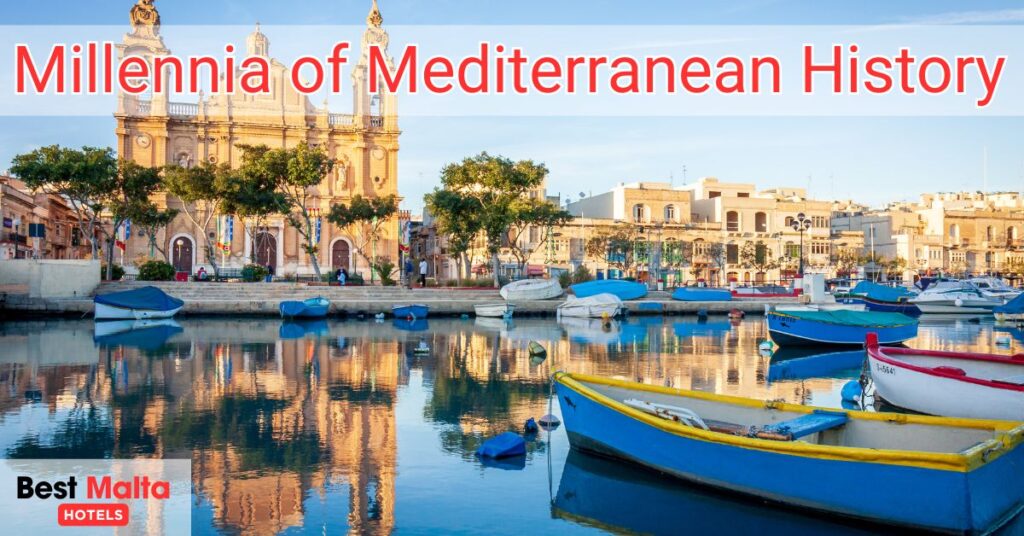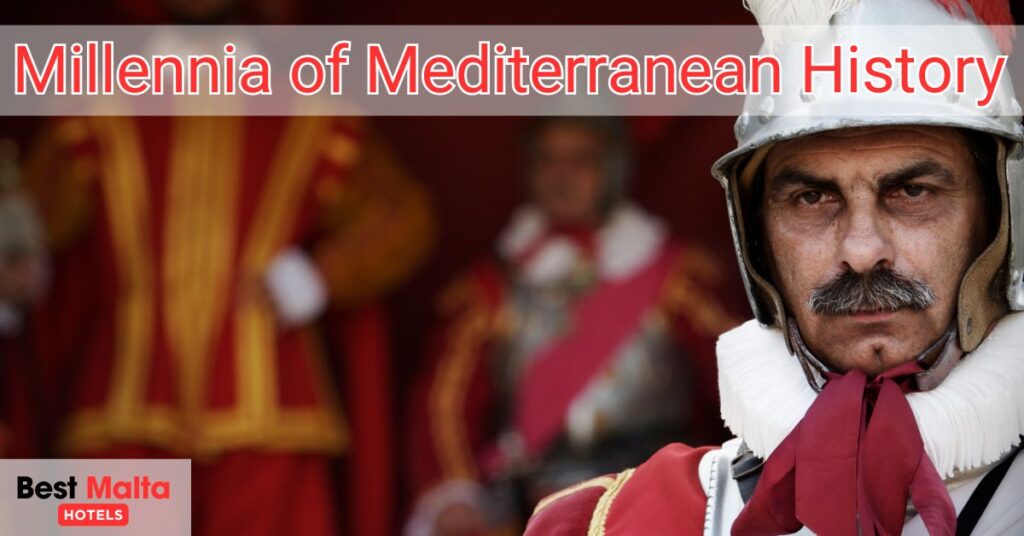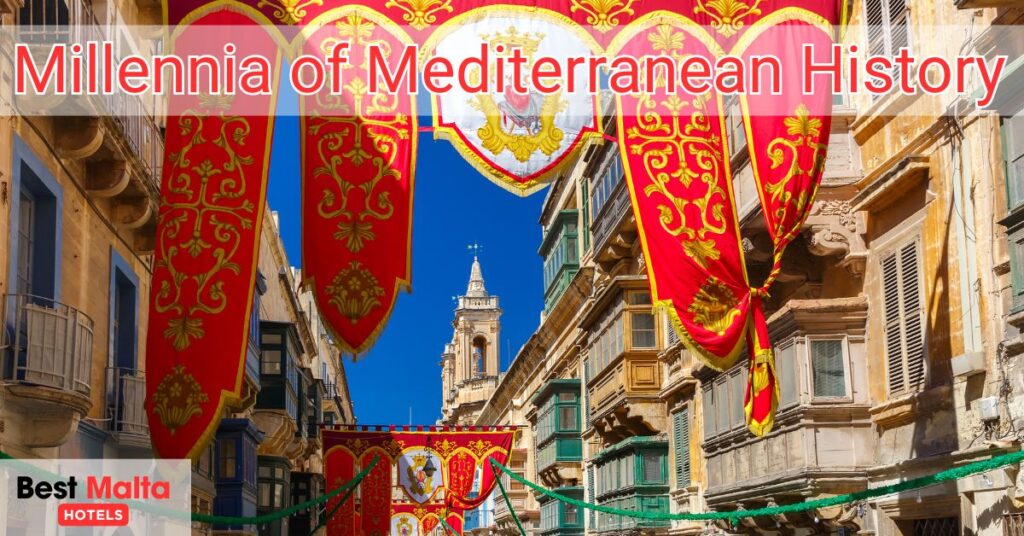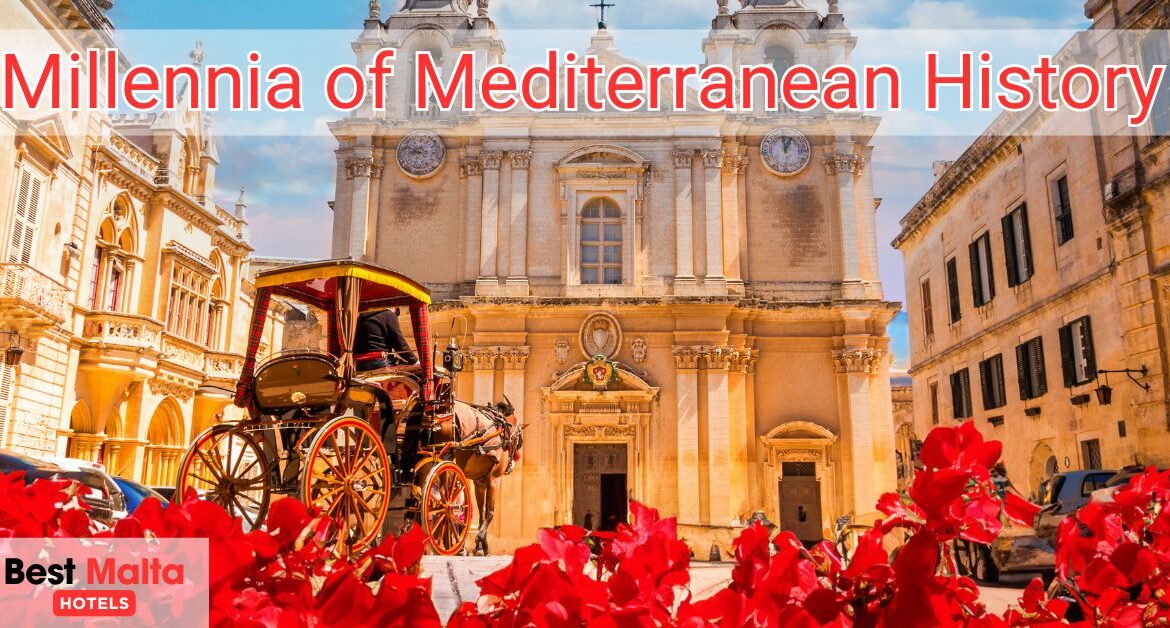Malta and Gozo: Where History and Mediterranean Majesty Converge
Malta, a sunlit archipelago cradled in the cerulean embrace of the Mediterranean Sea, is far more than a paradise of golden beaches and azure waters. It is a living chronicle of human civilization, where every cobblestone, temple, and fortress whispers tales of empires, faith, and resilience. For millennia, its strategic position transformed these islands into a crossroads of cultures, leaving behind a legacy as layered as the limestone cliffs that guard its shores. From enigmatic prehistoric temples to the scars of World War II, Malta invites travelers to walk through time—a journey where history is not just remembered but vividly alive.
Echoes of Antiquity: The Birth of Malta’s Mysteries
Malta’s story begins in the shadows of prehistory. Around 5900 BCE, Neolithic farmers from Sicily braved the Mediterranean waves to settle these islands, drawn by fertile soils and sheltered harbors. DNA studies reveal these pioneers carried ancestry from Anatolia and Europe, blending traditions as they cultivated crops and raised livestock. Yet their success sowed the seeds of decline: by 3850 BCE, overfarming eroded the land, forcing a temporary abandonment.
A renaissance emerged with the arrival of the Temple Builders, a visionary culture that etched its genius into Malta’s landscape. Between 3600–2500 BCE, they erected colossal megalithic temples—Ġgantija on Gozo, Ħaġar Qim, and Tarxien—monuments so advanced they predate Stonehenge by a millennium. These UNESCO World Heritage Sites reveal astonishing sophistication: trefoil layouts, solstice-aligned doorways (as at Mnajdra), and walls adorned with spiral motifs and statues of corpulent figures, perhaps goddesses of fertility. Beneath the earth, the Ħal Saflieni Hypogeum, a labyrinthine burial complex carved from living rock, echoes with chants and rituals lost to time.
Around 2500 BCE, this culture vanished mysteriously, leaving behind silent riddles: the “cart ruts” crisscrossing limestone plateaus (likely sled tracks for transporting stone) and dolmens marking Bronze Age graves. Newcomers from Sicily and the Aegean brought metallurgy, cremation rites, and hilltop forts, laying the groundwork for Malta’s entry into the Mediterranean’s emerging Iron Age networks.
Phoenicians, Carthage, and Rome: Malta’s Ancient Mariners
By 800 BCE, Phoenician traders, the Mediterranean’s master navigators, anchored at Maleth (modern Mdina), drawn by Malta’s sheltered harbors. They wove the islands into a web of commerce stretching from Tyre to Cádiz, introducing olive cultivation, honey production (linking Malta’s Greek name, Melitē, “honey-sweet”), and the worship of Astarte, goddess of fertility. Genetic studies trace a tangible link: modern Maltese share DNA markers with Lebanese populations, a living legacy of Phoenician settlers.
When Carthage (Phoenicia’s successor) rose to power, Malta became a strategic naval outpost. Carthaginian rule (c. 500–218 BCE) saw the islands thrive as a hub for olive oil, textiles, and the famed murex dye. This prosperity ended abruptly when Rome, during the Second Punic War, seized Malta in 218 BCE, heralding a golden age.
As a Foederata Civitas—a self-governing ally of Rome—Malta flourished. The Roman villa Domus Romana in Rabat boasted mosaics of such artistry they rivaled those of Pompeii. According to legend, St. Paul’s shipwreck in 60 CE transformed the islands forever: the Apostle’s conversion of Roman governor Publius planted Christianity’s roots, which would grow into Malta’s unshakable faith. Roman baths, salt pans, and the catacombs of St. Paul and St. Agatha stand as enduring testaments to this era.

Byzantines, Arabs, and Normans: A Tapestry of Faith and Language
After Rome’s fall, Malta drifted into the Byzantine Empire (535–870 CE), its people retreating to fortified Mdina as Arab fleets prowled the Mediterranean. In 870 CE, the Aghlabid Caliphate stormed the islands, renaming Mdina Medina and imprinting an indelible Arab legacy:
- Language: Maltese (Malti) evolved from Siculo-Arabic, today the only Semitic language written in Latin script.
- Agriculture: Ingenious qanat irrigation systems turned arid slopes into orchards of citrus and pomegranate.
- Toponymy: Place names like Marsaxlokk (“southeastern port”) and Ħaż-Żebbuġ (“olive town”) endure.
Arab rule ended in 1091, when Norman adventurer Roger I of Sicily claimed Malta with minimal resistance. Under Norman, Swabian, and Aragonese dynasties, Malta’s identity crystallized: Muslim and Christian communities coexisted until 1249, when Holy Roman Emperor Frederick II expelled remaining Muslims, cementing Malta’s Christian future.

The Knights of St. John: Defenders, Builders, and Patrons
In 1530, Emperor Charles V gifted Malta to the Knights Hospitaller, a warrior-monk order exiled from Rhodes. The Knights transformed the islands into a bulwark of Christendom. Their defining moment came in 1565, when 500 Knights and 6,000 Maltese repelled 40,000 Ottomans in the Great Siege—a victory that echoed across Europe.
From the ashes rose Valletta, a fortified city of “gentlemen for gentlemen,” its grid-pattern streets lined with Baroque marvels: St. John’s Co-Cathedral, adorned with Caravaggio’s Beheading of St. John; the Grandmaster’s Palace; and the Sacra Infermeria, a hospital so advanced it pioneered quarantine protocols. The Knights’ 268-year reign (1530–1798) left an artistic and architectural legacy unmatched in the Mediterranean, funded by corsairing and the islands’ role as a haven for Europe’s elite.
Napoleon, Britain, and the Road to Independence
In 1798, Napoleon Bonaparte seized Malta en route to Egypt, abolishing feudalism and looting churches—a misstep that ignited rebellion. After two years of blockade, Maltese insurgents, aided by Britain, expelled the French. Malta became a British crown colony in 1813, its harbors vital to imperial trade routes.
World War II tested Malta’s fortitude: Axis bombers rained 3,340 raids on the islands, reducing cities to rubble. Yet Malta endured, earning the George Cross for collective bravery—a symbol still emblazoned on its flag. Independence arrived in 1964, followed by republic status (1974), EU membership (2004), and adoption of the euro (2008).
Cultural Mosaic: Faith, Feasts, and Flavors
Festas: Summer explodes in kaleidoscopic festas—village feasts honoring patron saints with processions, marching bands, and fireworks that paint the night sky.
- Mnarja: The ancient harvest festival of Mnarja (June 29) blends pagan and Christian rites, with folk singing, rabbit feasts, and bareback horse races in Buskett Gardens.
- Cuisine: A culinary odyssey of Sicilian, Arab, and British influences: stuffat tal-fenek (slow-cooked rabbit stew), flaky pastizzi (ricotta or pea pastries), and ġbejna (goat cheese).
Language and Identity: Maltese (Malti) is a linguistic marvel—Semitic at its core but woven with Italian, French, and English threads. Its evolution mirrors Malta’s history: medieval Arabic poetry, Italianate legal texts, and modern English loanwords like kompjuter.
Religion: Catholicism permeates daily life, from village festas to the silent reverence of St. Paul’s Grotto. Yet Malta’s constitution embraces pluralism, with Anglican cathedrals, Muslim prayer rooms, and Jewish heritage sites dotting the islands.

A Landscape Forged by TimeMalta’s terrain is an open-air museum:
- Prehistoric: The towering Ġgantija Temples (Gozo), older than the Pyramids.
- Medieval: Mdina’s honey-hued walls, the “Silent City” of knights and nobles.
- Baroque: Valletta’s skyline, where bastions and bell towers meet modern cafés.
- British: Victorian-era balconies and the warren-like Lascaris War Rooms, where Allied strategies unfolded.
Conclusion: Malta’s Eternal Allure
To visit Malta is to wander through millennia. It is a land where fishermen mend nets in shadowed harbors as they did in Phoenician times, where Baroque bells toll beside smartphone-toting youths, and where the Mediterranean’s turquoise waves still carry echoes of ancient mariners. Beyond its sunlit facade lies a nation forged by faith, resilience, and an uncanny ability to absorb the world’s cultures while retaining its soul—a microcosm of human history, waiting to be explored.




wem2g7
wem2g7